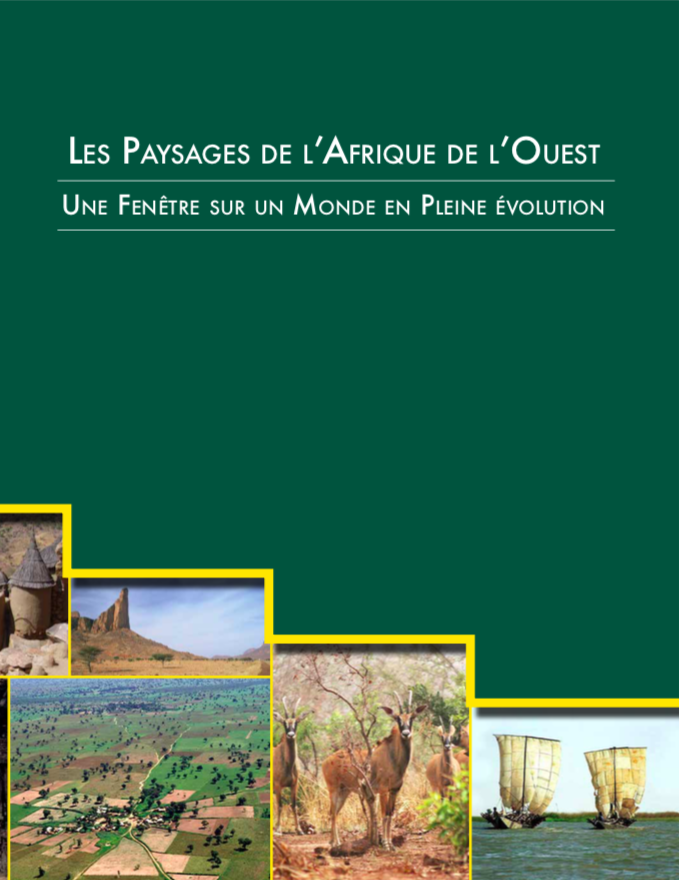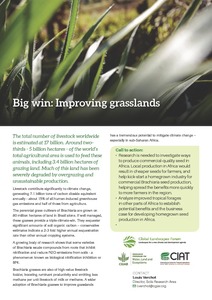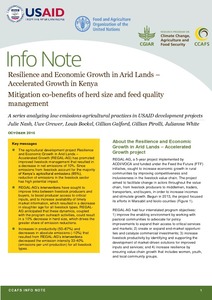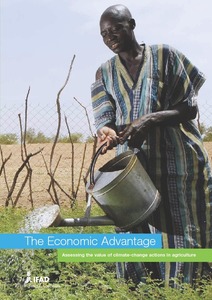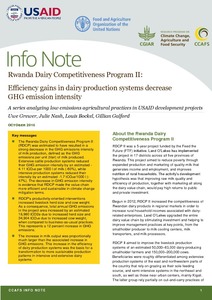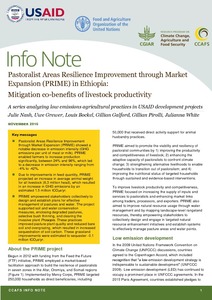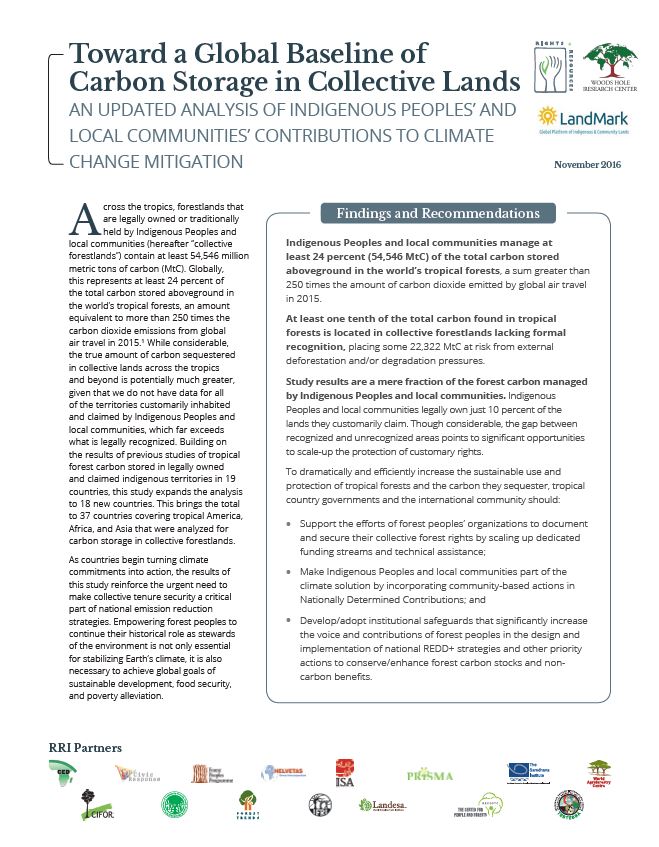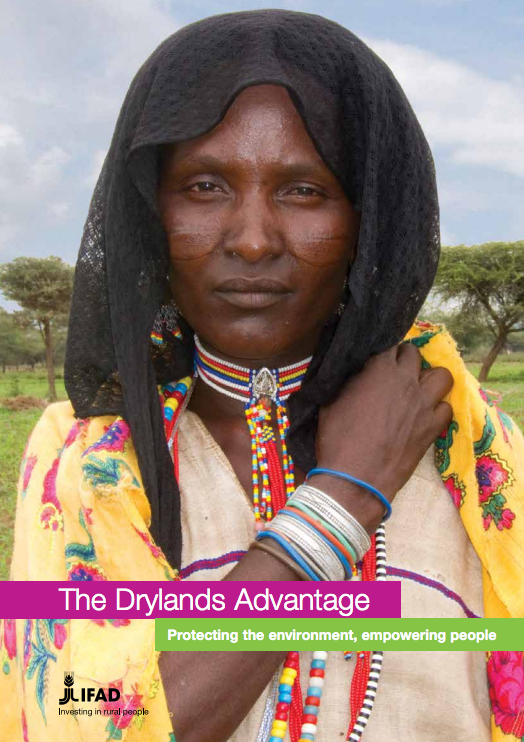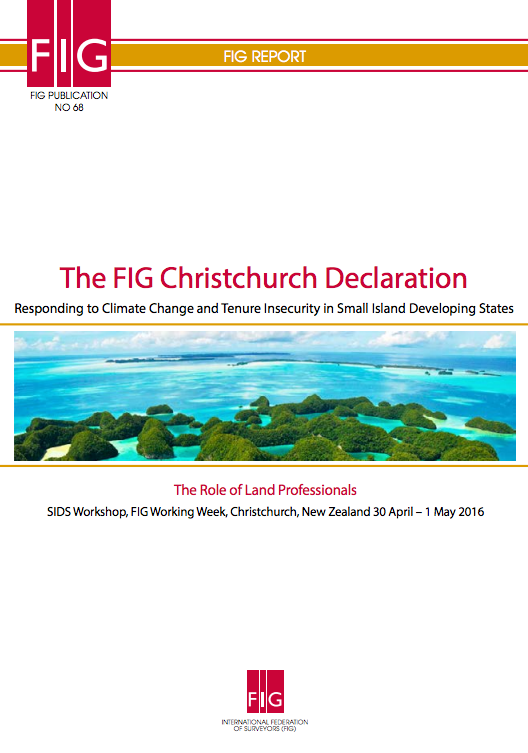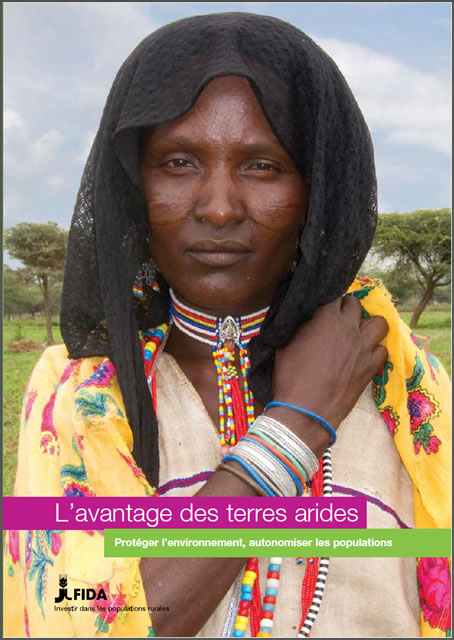Les Paysages de l'Afrique de l'Ouest
Les Paysages de l’Afrique de l’Ouest : Une Fenêtre sur un Monde en Pleine Évolution dresse un tableau fascinant des transformations de l’environnement naturel de l’Afrique de l’Ouest. Utilisant des images collectées par des satellites orbitant à des centaines de kilomètres au-dessus de la Terre, cet atlas décrit quatre décennies de rapides changements environnementaux.

